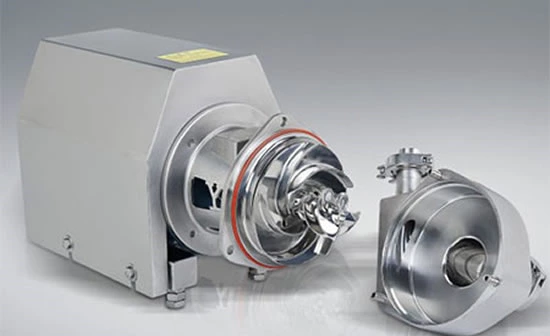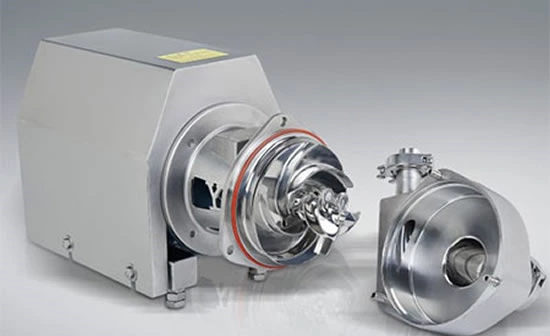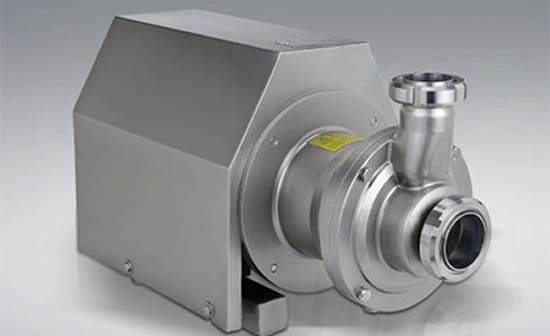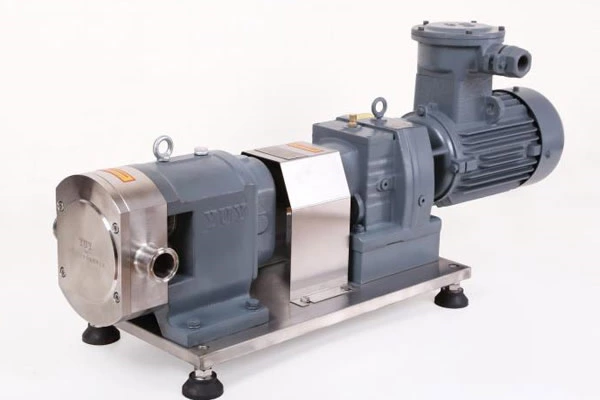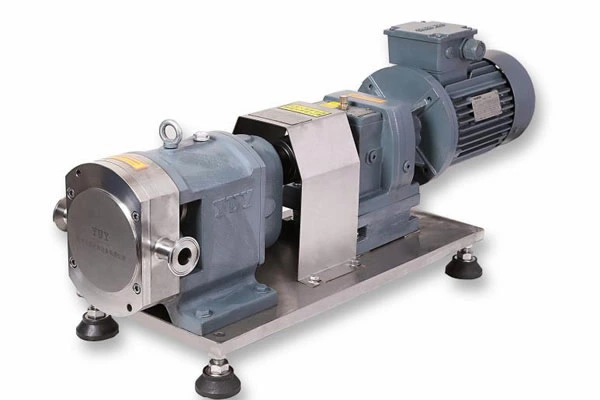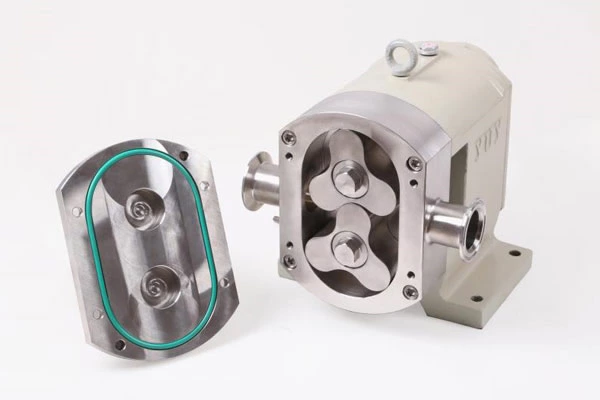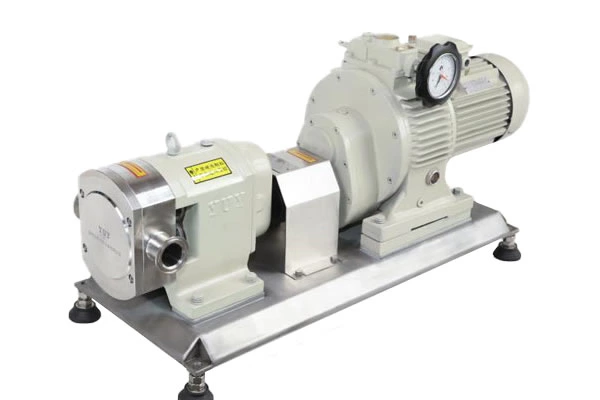Introduction to the structure classification and characteristics of sanitary rotor pumps
The sanitary pump is a form of positive displacement pump. It consists of a rotating rotor and a fixed pump body. It has no suction and discharge valves. The relative movement between the rotor and the pump body changes the working volume, and the liquid is discharged by the squeezing of the rotating rotor while leaving the other side. A space is formed to create a low pressure, thereby continuously sucking in liquid.
According to its structure and principle, rotor pumps can be divided into gear pumps, screw pumps, rotary piston pumps (lobe pumps, Roots pumps), flexible impeller pumps, sliding vane pumps, hose pumps, etc. The rotor pump is a rotary positive displacement pump with positive displacement characteristics, and its flow does not change with changes in back pressure.
When a rotor pump is preferred, there is a viscous liquid, which requires metering, requires self-priming, requires gas, and in the case of low flow rates, requires a pump that does not shear the medium, and requires pump high pressure.
The common features of various sanitary rotor pumps are as follows:
- There are no suction and discharge valves, their main working parts are the pump casing and rotor (such as gears, screws, cams, etc.).
- Compared with a reciprocating pump, the rotor rotates without impact, has a high speed, a compact structure and a small volume.
- The discharge pressure is generally higher, but lower than that of the reciprocating pump, and the flow rate is smaller than that of the reciprocating pump, and the efficiency is low. Generally, it is only suitable for transporting small amounts of liquid and is mainly used as an auxiliary device.
- Most rotor pumps are lubricated by transported liquids, so they are usually suitable for transporting lubricated liquids that do not contain solid particles.
- Rotor pumps also discharge liquid intermittently, so the flow fluctuation is larger than that of centrifugal pumps and smaller than reciprocating pumps, but it can be considered to be approximately uniform.
- When there is a liquid film on the surface of the rotor (transporting lubricating liquid), the pump has the ability to self-prime.



